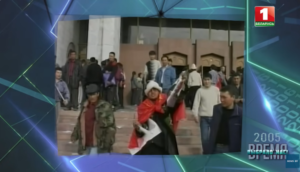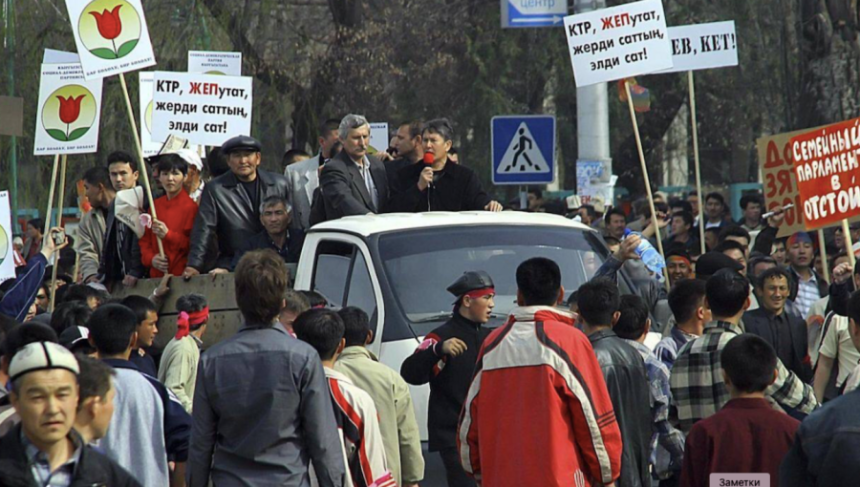Context
The Tulip Revolution, also referred to as the First Kyrgyz Revolution, marked the downfall of President Askar Akayev in Kyrgyzstan. Triggered by parliamentary elections in February and March 2005, the revolutionaries accused Akayev, his family, and allies of corruption and authoritarianism. Akayev initially sought refuge in Kazakhstan and later fled to Russia. On April 4th 2005, at the Kyrgyz embassy in Moscow, Akayev signed his resignation in the presence of a Kyrgyz parliamentary delegation. His resignation was officially endorsed by the Kyrgyz interim parliament on April 11, 2005.
Why it was possible?
In 2005, Central Asia enjoyed a period of relative calm and openness. Following the September 2001 terrorist attacks, the United States strengthened its ties with the region, using military bases in Kyrgyzstan, Tajikistan and Uzbekistan to support operations in Afghanistan, according to the BNE Intellinews.
The fall of the Taliban eased security concerns along the Afghan borders of Tajikistan, Uzbekistan, and Turkmenistan. Western nations also provided financial aid, helping to stabilize economies that struggled throughout the 1990s.
With increased Western attention, countries like Uzbekistan began loosening restrictions on political opposition, allowing public meetings for the first time in years. This trend of greater openness spread across the region, except for the isolated state of Turkmenistan.

And now?
Since coming to power after the 2020 revolution, Kyrgyzstan’s President Sadyr Japarov and his national security chief Kamchybek Tashiyev have worked to prevent further uprisings. They have strengthened security forces and warned against attempts to overthrow the government.
Authorities claim to have foiled several plots, while opposition leaders face detention on questionable charges. Civil society groups are under pressure, and a protest ban imposed in 2022 remains in place. Independent media has also faced severe crackdowns, with major outlets shut down or taken over by pro-government figures.
Two decades after the Tulip Revolution, Kyrgyzstan’s leadership – like others in Central Asia – has chosen to tighten control and suppress dissent.
Atlantis, BNE Intellinews


Leave a Reply